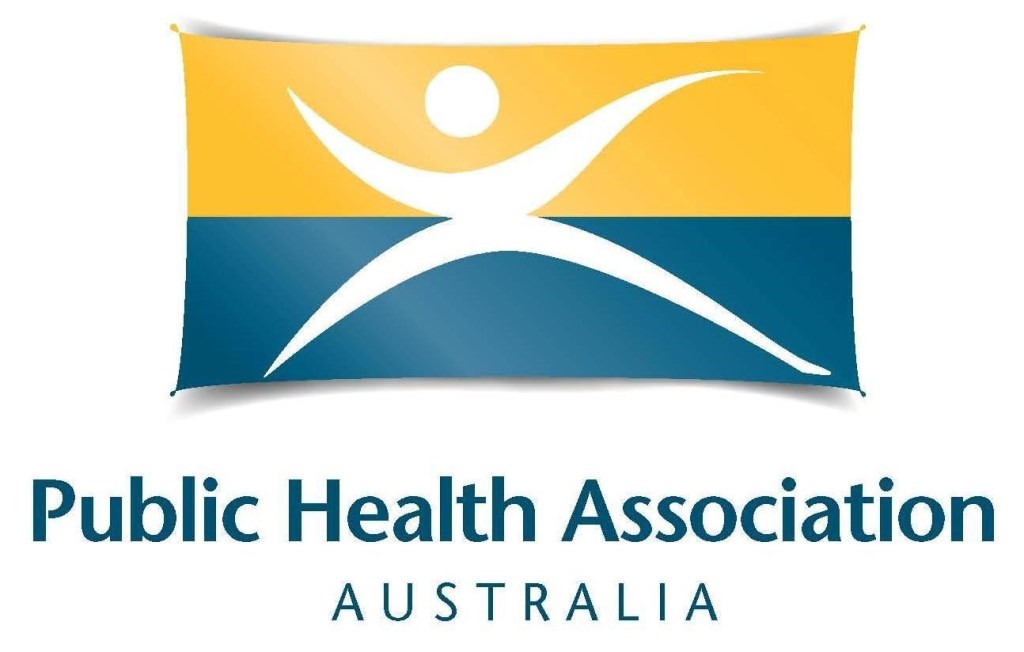Assoc Prof Raglan Maddox, Dr Christina Heris, Assoc Prof Lisa Whop, Assoc Prof Michelle Kennedy, Prof Tom Calma AO, Prof Ray Lovett
The National Tobacco Strategy has been released with $737M in 2023-24 for a contemporary tobacco and nicotine control agenda. The aim is to further reduce tobacco smoking and limit nicotine addiction via vaping and progression to tobacco smoking for young people.
The Tackling Indigenous Smoking (TIS) program has been provided a further $141 million for regional tobacco control measures with expanded focus on tackling vaping, especially among young people and non-smokers. The package of measures includes support for Aboriginal and Torres Strait Islander peoples via education, legislation, enforcement and other activities.
Tobacco is not a ‘job done’
Tobacco still kills approximately 21,000 Australians per year, with 2 in every 3 people who smoke dying due to tobacco related disease. Tobacco smoking is the single largest preventable health risk factor for Australians. Tobacco smoking affects some groups more, with a third of all deaths in the Aboriginal and Torres Strait Islander population attributable to tobacco.
If rates of tobacco smoking don’t change over the next 15 years, we can expect the deaths of a further 350,000 Australians, and more than 17,000 of those will be Aboriginal and Torres Strait Islander people.
If you ask a person who currently smokes, nearly all want to quit or wish they never took it up.
The renewal of a National Tobacco Strategy that incorporates contemporary tobacco and nicotine controls to reduce tobacco smoking and vaping to limit nicotine addiction and progression to tobacco smoking for young people is welcome. Extending population specific foci such as the Tackling Indigenous Smoking (TIS) program is also welcomed and acknowledges that local and regional Aboriginal and Torres Strait Islander-led and implemented multi-component, tobacco control programs and policies to promote cessation and reduce uptake are needed. The extensive diversity of Aboriginal and Torres Strait Islander peoples, cultures, communities and experiences of tobacco control demand context specific, locally-responsive approaches that can only be driven by local communities.
Vaping: a tool for nicotine dependence and a gateway to tobacco smoking
People who vape are three times as likely to take up smoking compared to those who do not vape. This is concerning given the rapid rise in the percentage of youth and young people who vape over the last few years. Vaping is giving birth to a new generation of nicotine dependence. In a survey of young people (aged 15 to 17 years), 80 percent said they found it easy or somewhat easy to buy them in retail stores. Young people make up half of the total Aboriginal and Torres Strait Islander population. We cannot let this get away from us with reports from remote communities that vapes are coming in with contractors, miners and home from boarding school. The announcement to tackle vaping and the growing illicit market in illegal vaping, includes:
- Stopping the import of non-prescription vapes;
- Increasing the minimum quality standards for vapes including by restricting flavours, colours, and other ingredients;
- Requiring pharmaceutical-like packaging;
- Reducing the allowed nicotine concentrations and volumes; and
- Banning all single use, disposable vapes.
What could tobacco and nicotine control look like in the future?
The Tobacco Industry will continue their attempts to circumvent tobacco control and now nicotine control efforts. The public health community and policy agencies must continue to advance efforts to reduce burden of disease and the 21,000 preventable deaths caused by tobacco use each year. We must move beyond an incremental, business-as-usual approach to accelerate reductions in tobacco use. We need bold, evidence-based policies to 1) reduce access to tobacco and nicotine products, (2) regulate products and disclosures, (3) reduce nicotine levels to non-addictive levels, and (4) ensure Aboriginal and Torres Strait Islander peoples, and other key populations, are active participants in driving the development, implementation and evaluation of the legislation.
Authors:
- A/Prof Raglan Maddox, Bagumani (Modewa) Clan. Tobacco Free Program, National Centre for Aboriginal and Torres Strait Islander Wellbeing Research, National Centre for Epidemiology and Population Health, The Australian National University;
- Dr Christina Heris. Tobacco Free Program, National Centre for Aboriginal and Torres Strait Islander Wellbeing Research, National Centre for Epidemiology and Population Health, The Australian National University;
- A/Prof Lisa Whop, Wagadagam, Gumulgal. National Centre for Aboriginal and Torres Strait Islander Wellbeing Research, National Centre for Epidemiology and Population Health, The Australian National University;
- A/Prof Michelle Kennedy, Wiradjuri, New South Wales, Australia. Equity in Health and Wellbeing Research Program, Hunter Medical Research Institute, The University of Newcastle College of Health, Medicine and Wellbeing, Callaghan, New South Wales, Australia.;
- Prof Tom Calma AO, Elder from the Kungarakan tribal group and a member of the Iwaidja tribal group. Office of the National Coordinator, Tackling Indigenous Smoking. Canberra, Australia. Poche Indigenous Health Network. Sydney, Australia. Ninti One. Adelaide, Australia;
- Prof Ray Lovett, Ngiyampaa (Wongaibon). National Centre for Aboriginal and Torres Strait Islander Wellbeing Research, National Centre for Epidemiology and Population Health, The Australian National University


Leave a Reply